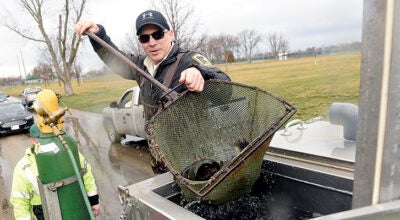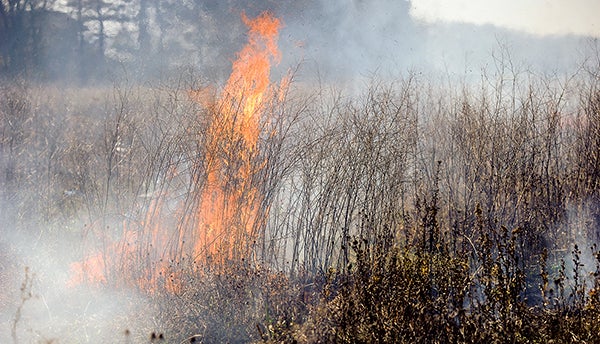Federal outdoors initiative could trickle down to help local rivers
Published 7:52 am Thursday, February 24, 2011
Look for Profiles 2011 in the Sunday, Feb. 27 edition of the Austin Daily Herald. Read about dozens of inspirational community members and leaders in the 84-page special section on Sunday.
A new federal initiative aimed at improving outdoor quality may assist nearly everything the Cedar River Watershed District is trying to accomplish.
President Obama approved America’s Great Outdoors (AGO) Feb. 18 after 10 months of deliberating among federal agencies. The initiative looks to accomplish a menagerie of environmental improvements, but mostly, it aims to get communities and local governments involved in the outdoors.
At the top, the initiative is a long-term way to coordinate federal agencies and make sure they’re working together under one program. For the state and local levels, the federal government will offer $900 million for environmental improvements through the Land and Water Conservation Fund. And many of Austin’s river quality and accessibility issues could benefit from that funding.
But because the money has yet to be allocated, and the program is relatively anonymous, some wonder how much the Austin area will benefit.
“If it’s a good program, they make sure we see it,” said Justin Hanson, Mower Soil and Water Conservation resource specialist. “We’re always looking at federal programs and tapping into those resources. Most of our conservation programs start with federal funding.”
The initiative may also be an ice breaker for many who have never been interested in conservation before. Hanson said the biggest challenges behind conservation efforts are spreading the word to urban residents and enticing farmers who make a lot of money on crops.
Until now, local agencies hadn’t been informed of the program, along with any potential dollars it could bring for projects around Austin.
“I’m really interested to see how it all shakes out,” Hanson said. “If it’s something we can use, we will definitely take advantage of it. In the past they’ve had great programs that didn’t necessarily pan out or get funded. If you’re talking $900 million, that’s a significant amount of money.”
Hanson said the initiative seems to coincide with some of his and others’ local efforts, such as an upcoming river cleanup and discussion with the Department of Natural Resources (DNR) to install public accesses (trails, parking lots) to the Cedar River. One provision of the AGO, the Blueway Trails Initiative, is nearly identical to Hanson’s discussions with the DNR.
Part of the initiative states, “These locally supported restoration projects may result in enhanced fish passage, habitat restoration and connectivity, water based recreation, flood control, traditional uses and adjacent land-based recreation.”
“It sounds a lot like what we’re doing,” Hanson said. “It’s grass roots; it’s local. The cedar river is a tremendous resource, and just getting people to appreciate the resource for what it is, that’s been a priority of the board.”
The scope of the project encompasses other areas, too. The report states it will create jobs, career pathways, service opportunities and build new parks and green spaces in urban areas, among other benefits.
The entire report can be seen at americasgreatoutdoors.gov.





